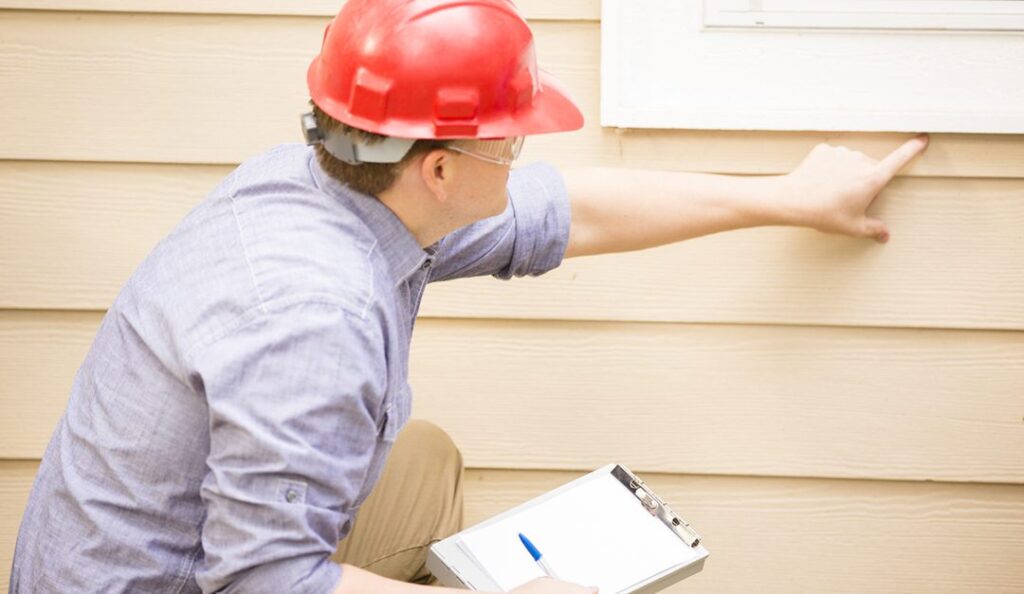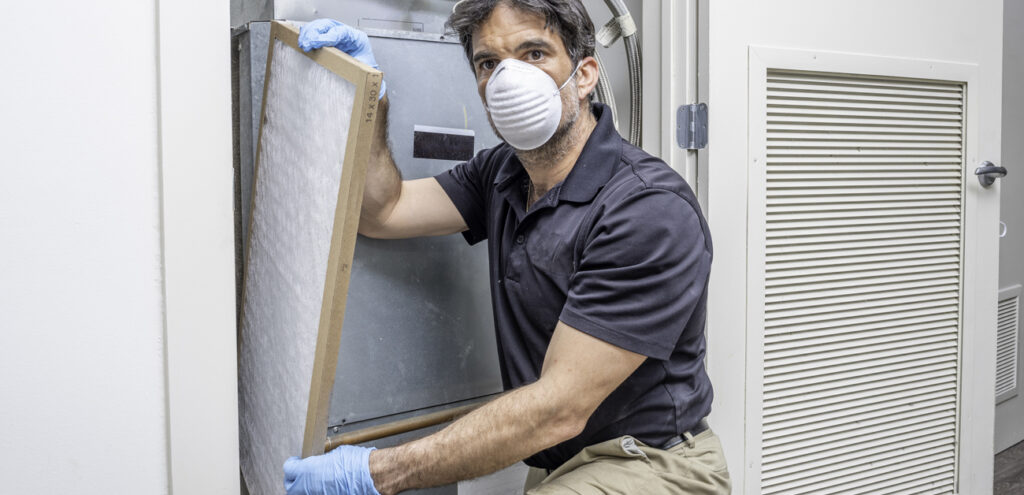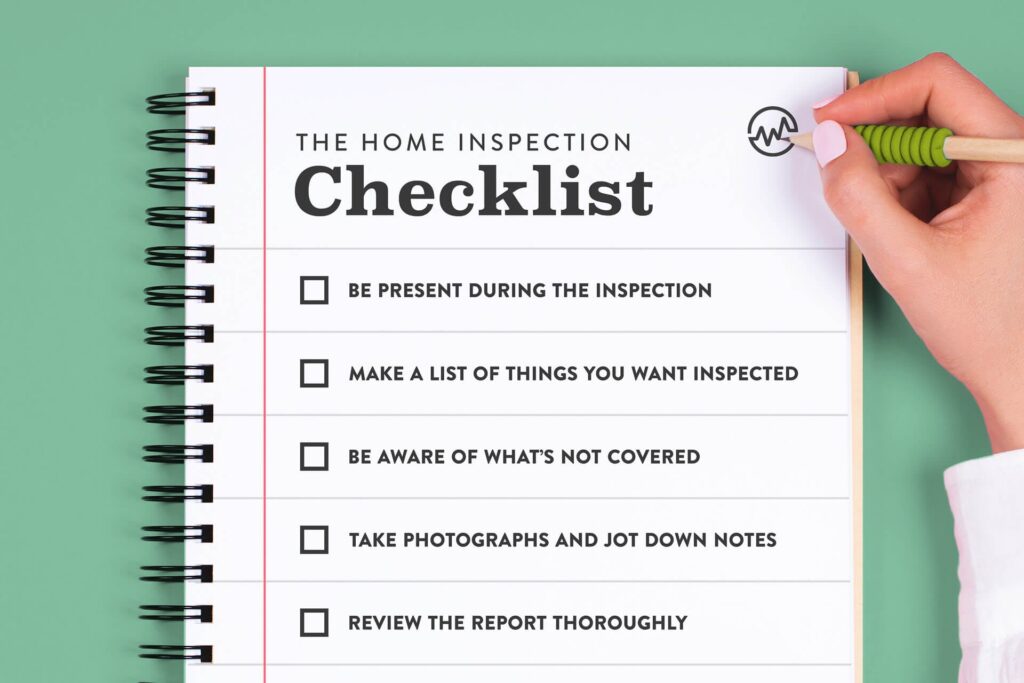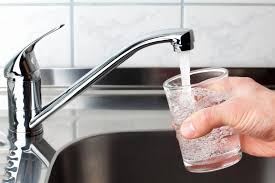Preparing for the IBEW Aptitude Test
What Is An Aptitude Test?
Aptitude tests are one of the most commonly used assessments in measuring a candidate’s suitability for a role. The IBEW wants to ensure that their candidates have a solid ability to comprehend written text, basic algebra, and have some mechanical aptitude.
What You Need To Know Before Taking The Test
The most common issue I hear from people who have just completed taking the test is, “I really wish I had brushed up on my math skills.” Now those individuals may have to wait another 6 months to a year before they can test again.
Math and Mechanical
The math portion covers algebra and functions with a total of 33 questions that must be answered within 46 minutes. Now, along with the math portion you will most likely see some mechanical questions. These questions may ask about pulleys, how loads are distributed, the best way to balance a load being hoisted, and basic mechanical theory.
Reading
The reading portion covers comprehension with a total of 36 questions that must be answered within 51 minutes. This measures your ability to obtain information from written passages. You’ll read a lengthy bit of text and then have to answer specific questions about the text.
Scoring
The test is scored from 1 to 9, with 9 being the highest possible score. Most apprenticeships require a qualifying score of at least a 4 to be considered for an interview.
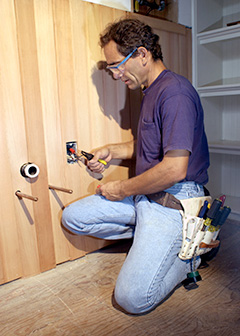
Electrician Prices List
How much do electricians charge per hour in? Every electrical contracting company has its own electrician prices list for the range of services they offer. Your electrician, once they’ve qualified and they’ve undergone a number of years of on-the-job training offers you and your family a wide range of services which not only make living in your property more comfortable but which also protects them against real risks of fire and electrocution.
But the problem for many of us is that we have no idea how much an electrician will charge us for an individual job – many of us don’t really know what a fair rate would actually be
In this article, looks at:
electrician hourly rates
the importance of electrical safety certificates
central heating repair service costs
light fitting costs (including outside lights)
shower fitting costs
earth bonding services costs
smoke alarm fitting cost
light fitting cost
fan fitting cost
the qualifications your electrician needs and whether they should belong to any trade bodies
how to save up to 40% on electrician costs
You can get 3-4 quotes from local, trusted, experienced electricians and electrical contractors by clicking on the button below. We’ve done all the background checking on them (as have our partners, Rated People) meaning that you’ll be receiving quotes from time-served professionals who actually do have the knowledge and the skill to do what you need them to do.
Every time we recommend an electrician to you, they also know they’re in competition with each other to win your work and our clients have told us that the cheapest quote they receive can be up to 40% less expensive than the most expensive quote. It always pays to shop around so please do fill in the form below.
What Electricians Do
Electricians install, maintain, and repair electrical power, communications, lighting, and control systems in homes, businesses, and factories.
Electricians typically do the following:
Read blueprints or technical diagrams
Install and maintain wiring, control, and lighting systems
Inspect electrical components, such as transformers and circuit breakers
Identify electrical problems using a variety of testing devices
Repair or replace wiring, equipment, or fixtures using handtools and power tools
Follow state and local building regulations based on the National Electrical Code
Direct and train workers to install, maintain, or repair electrical wiring or equipment
Almost every building has an electrical power, communications, lighting, and control system that is installed during construction and maintained after that. These systems power the lights, appliances, and equipment that make people’s lives and jobs easier and more comfortable.
Installing electrical systems in newly constructed buildings is often less complicated than maintaining equipment in existing buildings because electrical wiring is more easily accessible during construction. Maintaining equipment and systems involves identifying problems and repairing broken equipment that is sometimes difficult to reach. Maintenance work may include fixing or replacing parts, light fixtures, control systems, motors, and other types of electrical equipment
Electricians read blueprints, which include technical diagrams of electrical systems that show the location of circuits, outlets, and other equipment. They use different types of handtools and power tools, such as conduit benders, to run and protect wiring. Other commonly used tools include screwdrivers, wire strippers, drills, and saws. While troubleshooting, electricians also may use ammeters, voltmeters, thermal scanners, and cable testers to find problems and ensure that components are working properly.
Electrician
THE JOB AND WHAT’S INVOLVED
Electricians install, inspect and test wiring systems and components in all types of buildings, structures and machinery. They play a key role in the construction, engineering, manufacturing and service industries.
Their area of work may be:
Installing and maintaining the electrical circuits and wiring found in every home and business – installation is probably the most well known area of electrical work.
Panel building – installing the control panels that operate and maintain the infrastructure of a building such as lighting, heating, air conditioning and ventilation systems, or that control supply systems in industrial, commercial, leisure and domestic premises.
Repairing and rewinding electrotechnical system components.
Instrumentation – installing, calibrating and maintaining the tracking systems found in manufacturing and building services.
Maintenance – servicing electromechanical equipment such as heavy plant machinery used for production and chemical processing.
Traffic management – installing and maintaining street lighting and traffic management equipment, such as traffic lights and highway signs and signals.
Installation electricians work on construction or refurbishment projects. They follow architects’ or contractors’ plans, which show where to fit wiring systems, power outlets and electrical equipment.
This involves:
Fixing wiring systems in wall cavities, ceilings, floors and metal structures.
Fitting fuse boxes, circuit-breakers, earthing systems and control equipment.
Connecting wiring to sockets, switches, light fittings, appliances and equipment.
Laying the cabling which connects equipment to power supplies and computer networks.
Installing security systems, such as CCTV.
Inspecting and testing wiring systems and equipment.
Electricians use a variety of hand and power tools to measure, cut, join and fit cabling, wiring and equipment. They may work alone or in teams, and will also liaise with other tradespeople, such as plumbers, carpenters and builders, as well as architects and site managers
Guide for landlords: electrical safety standards in the private rented sector
Introduction
The majority of landlords are proactive when it comes to ensuring the safety of their tenants and make a welcome contribution to the housing market. But a minority fail to do so, putting their tenants in danger as a result.
These new Regulations require landlords to have the electrical installations in their properties inspected and tested by a person who is qualified and competent, at least every 5 years. Landlords have to provide a copy of the electrical safety report to their tenants, and to their local authority if requested.
This means that all landlords now have to do what good landlords already do: make sure the electrical installations in their rented properties are safe. The Regulations came into force on 1 June 2020 and form part of the Department’s wider work to improve safety in all residential premises and particularly in the private rented sector.
This is a major step towards levelling up the private rented sector, making sure it will offer high-quality, safe and secure housing. Along with our social and owner-occupied sectors, this is housing this country deserves. This government values the contribution made by good landlords, the majority of whom provide well maintained, safe, secure and high-quality places to live, work and raise families.
Landlords of privately rented accommodation must:
Ensure national standards for electrical safety are met. These are set out in the 18th edition of the ‘Wiring Regulations’, which are published Standard 7671.
Ensure the electrical installations in their rented properties are inspected and tested by a qualified and competent person at least every 5 years.
Obtain a report from the person conducting the inspection and test which gives the results and sets a date for the next inspection and test.
Supply a copy of this report to the existing tenant within 28 days of the inspection and test.
Supply a copy of this report to a new tenant before they occupy the premises.
Supply a copy of this report to any prospective tenant within 28 days of receiving a request for the report.
Supply the local authority with a copy of this report within 7 days of receiving a request for a copy.
Retain a copy of the report to give to the inspector and tester who will undertake the next inspection and test.
Where the report shows that remedial or further investigative work is necessary, complete this work within 28 days or any shorter period if specified as necessary in the report.
Supply written confirmation of the completion of the remedial works from the electrician to the tenant and the local authority within 28 days of completion of the works.

